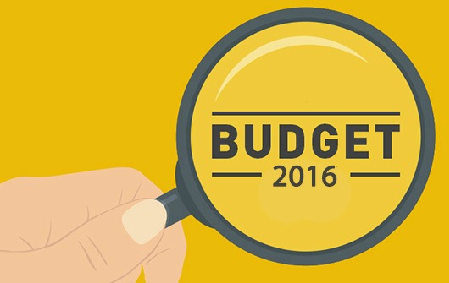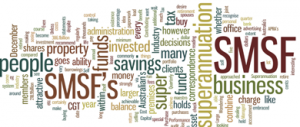The advice provided on this newsletter and the links to the websites is general advice only. It has been prepared without taking into account your objectives, financial situation or needs. Before acting on this advice you should consider the appropriateness of the advice, having regard to your own objectives, financial situation and needs. If any products are detailed on this website, you should obtain a Product Disclosure Statement relating to the products and consider its contents before making any decisions.
Deed Dot Com Dot Au Pty Ltd disclaim all and any guarantees, undertakings and warranties, expressed or implied, and shall not be liable for any loss or damage whatsoever (including human or computer error, negligent or otherwise, or incidental or consequential loss or damage) arising out of or in connection with any use or reliance on the information or advice on this newsletter. The reader must accept sole responsibility associated with the use of the material on this newsletter, irrespective of the purpose for which such use or results are applied. The information on www.trustdeed.com.au is no substitute for financial advice.



 Superannuation (Objective) Bill 2016
Superannuation (Objective) Bill 2016 From 1 July 2017, there will be a $1.6 million transfer balance cap on the total amount of accumulated superannuation an individual can transfer into the tax–free retirement phase. Subsequent earnings on balances in the retirement phase will not be capped or restricted.
From 1 July 2017, there will be a $1.6 million transfer balance cap on the total amount of accumulated superannuation an individual can transfer into the tax–free retirement phase. Subsequent earnings on balances in the retirement phase will not be capped or restricted. From 1 July 2017, the threshold at which high income earners pay additional contributions tax (Division 293) will be lowered from $300,000 to $250,000.
From 1 July 2017, the threshold at which high income earners pay additional contributions tax (Division 293) will be lowered from $300,000 to $250,000. The $1.6 million eligibility threshold will be based on an individual’s balance as at 30 June the previous year. This means if the individual’s balance at the start of the financial year (the contribution year) is $1.6 million or more they will not be able to make any further non–concessional contributions. Individuals with balances close to $1.6 million will only be able to access the number of years of bring forward to take their balance up to $1.6 million.
The $1.6 million eligibility threshold will be based on an individual’s balance as at 30 June the previous year. This means if the individual’s balance at the start of the financial year (the contribution year) is $1.6 million or more they will not be able to make any further non–concessional contributions. Individuals with balances close to $1.6 million will only be able to access the number of years of bring forward to take their balance up to $1.6 million.
 The Government will make the current spouse tax offset available to more couples so they can support each other in saving for retirement.
The Government will make the current spouse tax offset available to more couples so they can support each other in saving for retirement. The Government will remove the tax exempt status of income from assets supporting TRIS. These earnings will now be taxed concessionally at 15 per cent. Individuals will also no longer be allowed to treat certain superannuation income stream payments as a lump sum for tax purposes.
The Government will remove the tax exempt status of income from assets supporting TRIS. These earnings will now be taxed concessionally at 15 per cent. Individuals will also no longer be allowed to treat certain superannuation income stream payments as a lump sum for tax purposes. A single notice will make it less confusing and easier for taxpayers to seek advice on all of their tax liabilities at the one time. In determining whether an individual’s notices should be combined, the Commissioner of Taxation (the Commissioner) will take into account the benefits to the taxpayer from consolidating them.
A single notice will make it less confusing and easier for taxpayers to seek advice on all of their tax liabilities at the one time. In determining whether an individual’s notices should be combined, the Commissioner of Taxation (the Commissioner) will take into account the benefits to the taxpayer from consolidating them..png)

